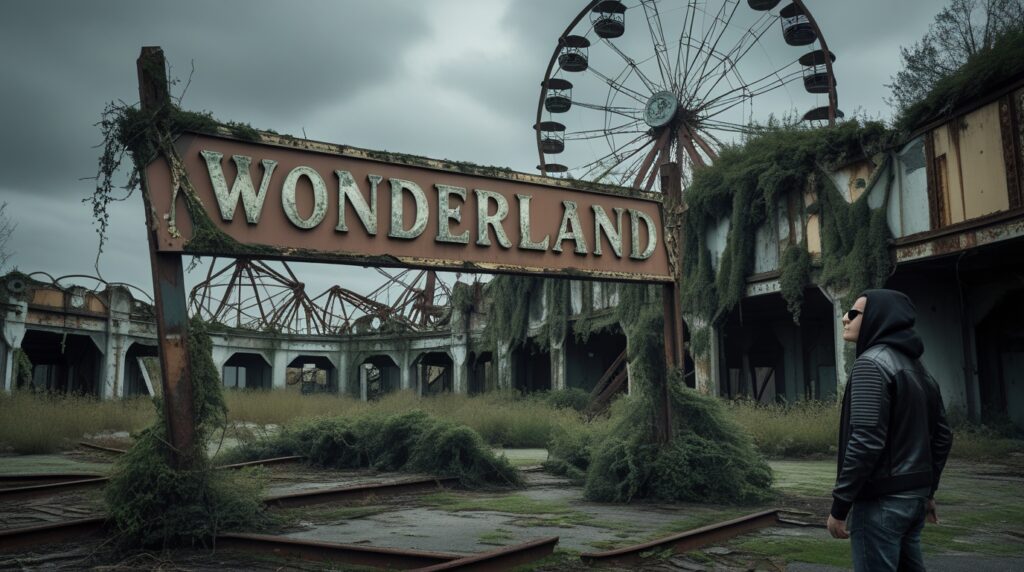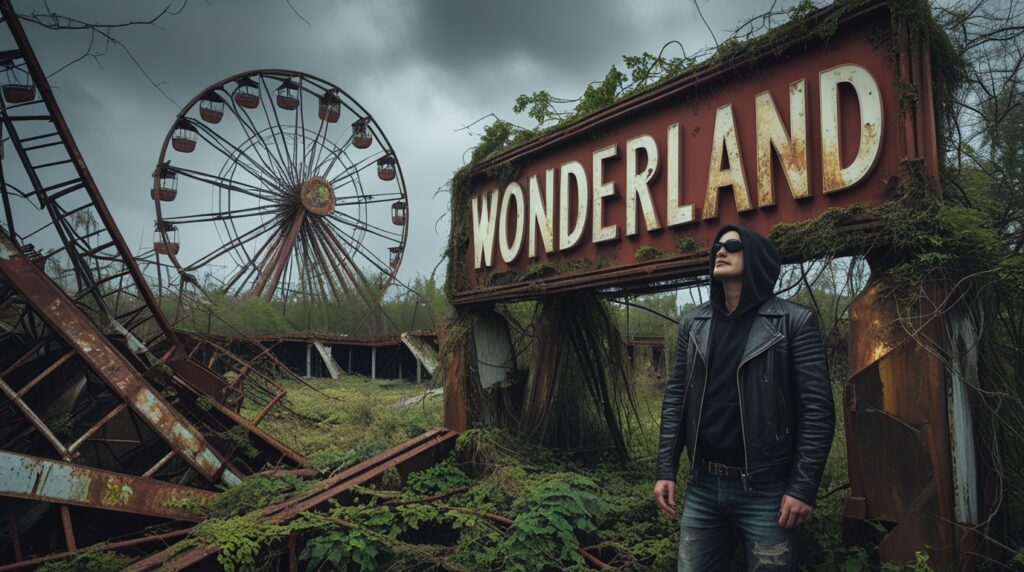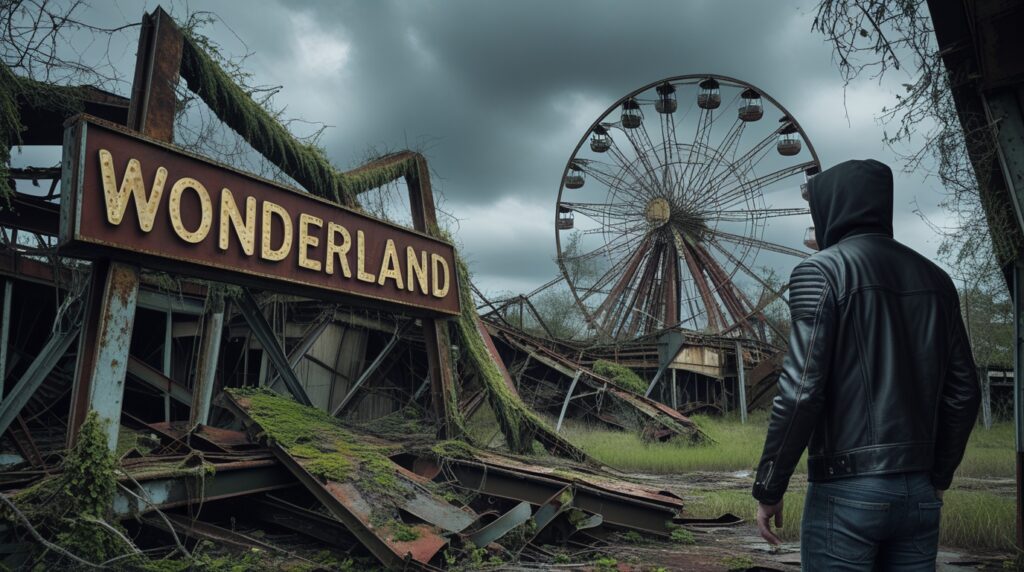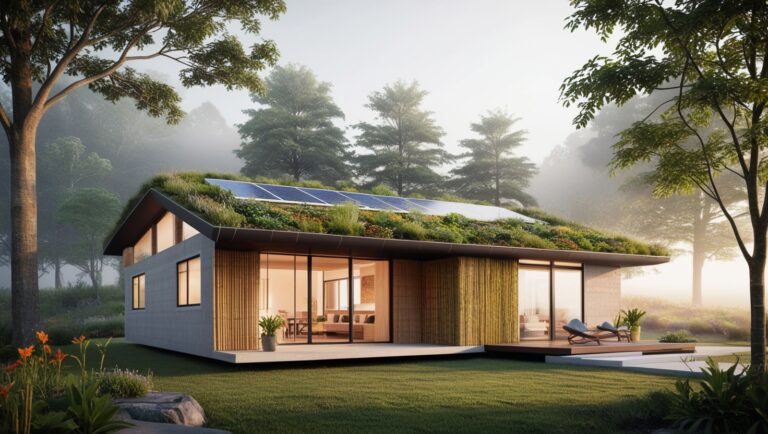Exploring Abandoned Places: A Thrilling Adventure into Forgotten Worlds

Exploring abandoned places is one of the most fascinating and adventurous activities that thrill-seekers and history lovers enjoy. Whether it’s deserted theme parks, forgotten mansions, eerie hospitals, or ghost towns, these places hold secrets of the past, waiting to be uncovered.
With the rise of urban exploration (urbex), many adventurers document their journeys through abandoned places on platforms like YouTube, Instagram, and TikTok. These videos capture the mystery, beauty, and eeriness of places that time forgot, drawing millions of viewers.
If you’ve ever been curious about exploring abandoned buildings, theme parks, or ghost towns, this guide will cover everything you need to know:
- Why people explore abandoned places
- Types of abandoned locations to explore
- How to prepare for an exploration
- Safety tips for urban exploration
- How to document your adventure
- Legal and ethical considerations
Let’s begin our journey into the forgotten and mysterious world of abandoned places.
1. Why People Explore Abandoned Places
The fascination with abandoned places stems from several reasons:
1.1 The Mystery and Thrill
Abandoned places are filled with mystery and intrigue. What happened there? Why was it abandoned? Exploring these places feels like stepping into a real-life mystery novel or horror movie.
1.2 Capturing Unique Photography & Videos
Urban explorers capture breathtaking photos and videos of decayed buildings, overgrown amusement parks, and forgotten homes. The mix of nature reclaiming man-made structures creates stunning imagery.
1.3 Connecting with the Past
Many abandoned places have deep historical and cultural significance. Walking through them feels like traveling back in time, seeing objects left behind, and imagining the lives of those who were there before.
1.4 The Adrenaline Rush
Exploring an unknown, potentially dangerous environment is an adrenaline-filled experience. The eerie silence, creaking floors, and hidden corners make it exciting and nerve-wracking.
2. Types of Abandoned Locations to Explore
There are many types of abandoned places, each with its own story and atmosphere. Here are some of the most popular:
2.1 Abandoned Theme Parks
Once filled with joy and excitement, abandoned amusement parks now stand in eerie silence. Rusted rides, broken roller coasters, and faded signs create a haunting yet beautiful scene.
Famous Examples:
✔ Six Flags, New Orleans, USA – Abandoned after Hurricane Katrina in 2005.
✔ Nara Dreamland, Japan – A Disneyland-inspired park left to decay.
2.2 Ghost Towns
Entire towns that were once lively but are now deserted make for some of the most exciting explorations. These places often have abandoned houses, schools, and shops frozen in time.
Famous Examples:
✔ Pripyat, Ukraine – The ghost town near Chernobyl, abandoned after the 1986 nuclear disaster.
✔ Bodie, California, USA – An old gold mining town left untouched.
2.3 Forgotten Mansions & Castles

Massive abandoned homes, once belonging to rich families or royals, now stand as haunted ruins. Their faded luxury and crumbling walls tell stories of a lost past.
Famous Examples:
✔ The Château Miranda, Belgium – A stunning castle abandoned for decades.
✔ Lynnewood Hall, USA – A 110-room mansion left to decay.
2.4 Abandoned Hospitals & Asylums
Hospitals and mental asylums are some of the creepiest places to explore. Their dark history, old medical equipment, and eerie atmosphere make them spine-chilling locations.
Famous Examples:
✔ Waverly Hills Sanatorium, USA – A tuberculosis hospital known for ghost stories.
✔ Beelitz-Heilstätten Hospital, Germany – A hauntingly beautiful abandoned hospital.
2.5 Deserted Factories & Industrial Sites
Old factories, power plants, and train stations create a post-apocalyptic feel with their rusted machinery and crumbling buildings.
Famous Examples:
✔ Hashima Island, Japan – A deserted coal mining island.
✔ Michigan Central Station, USA – An abandoned train station with Gothic architecture.
3. How to Prepare for an Exploration
3.1 Research the Location
- Learn the history of the place.
- Check if it’s legally accessible.
- Read about any dangers or ghost stories linked to it.
3.2 Pack the Essentials
✔ Flashlights & Extra Batteries – Many places are dark inside.
✔ Gloves & Boots – Protect yourself from debris and rusty objects.
✔ Respirator Mask – Prevent inhaling mold or asbestos.
✔ Camera/GoPro – Capture amazing footage.
✔ First Aid Kit – Always be prepared for minor injuries.
4. Safety Tips for Urban Exploration
✔ Never Explore Alone – Always bring a friend.
✔ Avoid Unsafe Structures – Weak floors and ceilings can collapse.
✔ Watch Out for Animals – Stray dogs, snakes, or bats may be inside.
✔ Don’t Take Anything – Leave the place as you found it.
✔ Have an Exit Plan – Always know how to get out safely.
5. How to Document Your Adventure
5.1 Filming Your Exploration
- Use a GoPro or phone camera to capture your walk-through.
- Add narration to share historical facts or personal thoughts.
- Use drone footage for an aerial view.
5.2 Photography Tips
- Capture broken windows, old furniture, and nature taking over.
- Use low-light settings for eerie shots.
- Edit photos with a moody filter to enhance the abandoned feel.
5.3 Sharing on Social Media
- Upload to YouTube with titles like “Exploring a Forgotten Mansion”.
- Post on Instagram & TikTok using hashtags #UrbanExploration #AbandonedPlaces.
- Write a blog detailing your experience.
6. Legal and Ethical Considerations
✔ Check if the location allows visitors. Many places have “No Trespassing” signs, and entering could lead to fines or arrest.
✔ Respect the history. Don’t vandalize or take artifacts.
✔ Avoid dangerous locations. Some places contain asbestos, unstable floors, or hidden hazards.
✔ Be mindful of locals. Some abandoned places may have homeless people living there.
Final Thoughts: Should You Explore an Abandoned Place?

Exploring abandoned places is a thrilling, mysterious, and visually stunning experience. Whether you want to capture breathtaking photos, uncover forgotten history, or experience the adrenaline rush, it’s a unique adventure worth trying.
Want to start?
✔ Choose a safe abandoned location
✔ Grab your camera and flashlight
✔ Start your urban exploration adventure!
Would you like help finding abandoned places near you or tips for filming your first exploration video? Let’s plan your journey into the unknown!






На официальном сайте lev всегда выгодные предложения <a href=
https://lev-bet.ink/